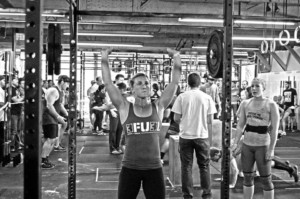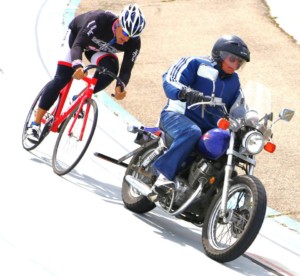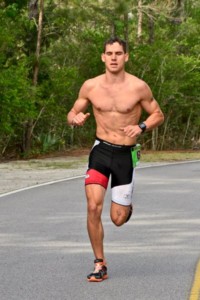By Brian MacKenzie and Rachael Colacino
The call for prioritized strength and conditioning in endurance sports has amplified as more athletes see that uninterrupted training and victorious races require healthy and strong bodies. However, the method behind the strength and conditioning prescription for endurance athletes is not the same for all endurance sports. To create more resilient and durable sport athletes, we follow a methodology at PSE that creates a foundation of stability and progressional loading to solidify the fundamental positions of each sport.
Two Distinct Approaches
The largest misconception in endurance sports is that running, swimming, biking and rowing are solely aerobic activities. Aerobic capacity is only part of the training equation. At issue is tissue-related degeneration, a breakdown of the tissues impacted most by repetitive motions in a singular plane. You land around 300 times in 400m. Now multiply that by how much distance you cover in a week. That’s a lot of eccentric loading, which causes the tissue breakdown. There are two ways to rectify that breakdown. One approach requires the higher volume – perform your sport with more volume, or longer time on feet. Tissue damage occurs inevitably; the tissue repairs itself and builds up. The recovery process here, requires a lot of time. The second approach prescribes specific conditioning exercises to mitigate tissue damage, and develop stronger (not to be confused with bigger) tissue so we don’t need to spend as much of our precious energy on volume, but can instead develop better positioning through strength and conditioning for stronger and more resilient tissues. This process does not require as much time to recover once adaptation has occurred. Guess which approach we favor?
 The training systems we build for PSE PRO, or our specialty programs like our Winter Row 2k Series and Personal Programs for athletes are largely varied compound (conjugate) systems that include all facets of movement, specific for each sport. Like any varied training program, a conjugate system that combines concentric (shortened muscle), eccentric (lengthened muscle) and isometric (static) movements is designed to confuse the body to avoid adaptation and encourage growth.
The training systems we build for PSE PRO, or our specialty programs like our Winter Row 2k Series and Personal Programs for athletes are largely varied compound (conjugate) systems that include all facets of movement, specific for each sport. Like any varied training program, a conjugate system that combines concentric (shortened muscle), eccentric (lengthened muscle) and isometric (static) movements is designed to confuse the body to avoid adaptation and encourage growth.
Sport-Specific Strength Training
When we have an adaptation that occurs with one specific repeated movement, such as running, we neglect other areas. A conjugate system, however, keeps the body guessing as we tax it in similar, but slightly varied ways. For example, back, front and overhead squats are all squats, but all work to stress the system in different ways. A runner spends much of their sport time anteriorly loaded (knee bent or knee forward). That runner may want to mitigate tissue degradation in that position by focusing on a front squat, which will reinforce a stronger more upright torso.
Isometric holds are another important member of our strength matrix. Every athlete passes through very specific positions when body weight is connected to a point of support. For runners, that happens when our fo ot contacts the ground beneath our body weight. For cyclists, when our feet are at 3 o’clock and 9 o’clock pedal positions. For a rower it’s at the catch and a swimmer it’s when the hand enters the water, the catch phase as well. Training isometric holds in those static positions ingrains a lot of the proper positioning and stability for movements we expect from our bodies for hours on end as long as fundamentals are applied.
ot contacts the ground beneath our body weight. For cyclists, when our feet are at 3 o’clock and 9 o’clock pedal positions. For a rower it’s at the catch and a swimmer it’s when the hand enters the water, the catch phase as well. Training isometric holds in those static positions ingrains a lot of the proper positioning and stability for movements we expect from our bodies for hours on end as long as fundamentals are applied.
This type of training — complete, conjugate, and sport-specific — allows for greater understanding through body awareness when we start to break down and toe the line on our power, speed or endurance thresholds. Strength training for your sports positions and movements allows for the tissue to hold up in ways it had no way of navigating before.
